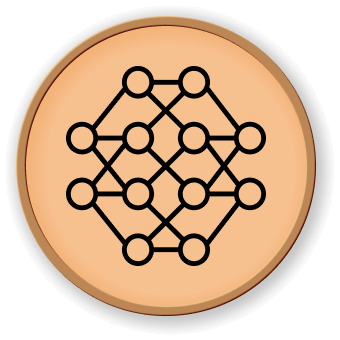疎な符号化
異なる方法を使って信号に対して疎な符号化を行い、結果を可視化します。
## List the different sparse coding methods in the following format:
## (title, transform_algorithm, transform_alpha,
## transform_n_nozero_coefs, color)
estimators = [
("OMP", "omp", None, 15, "navy"),
("Lasso", "lasso_lars", 2, None, "turquoise"),
]
lw = 2
plt.figure(figsize=(13, 6))
for subplot, (D, title) in enumerate(
zip((D_fixed, D_multi), ("fixed width", "multiple widths"))
):
plt.subplot(1, 2, subplot + 1)
plt.title("Sparse coding against %s dictionary" % title)
plt.plot(y, lw=lw, linestyle="--", label="Original signal")
## Do a wavelet approximation
for title, algo, alpha, n_nonzero, color in estimators:
coder = SparseCoder(
dictionary=D,
transform_n_nonzero_coefs=n_nonzero,
transform_alpha=alpha,
transform_algorithm=algo,
)
x = coder.transform(y.reshape(1, -1))
density = len(np.flatnonzero(x))
x = np.ravel(np.dot(x, D))
squared_error = np.sum((y - x) ** 2)
plt.plot(
x,
color=color,
lw=lw,
label="%s: %s nonzero coefs,\n%.2f error" % (title, density, squared_error),
)
## Soft thresholding debiasing
coder = SparseCoder(
dictionary=D, transform_algorithm="threshold", transform_alpha=20
)
x = coder.transform(y.reshape(1, -1))
_, idx = np.where(x!= 0)
x[0, idx], _, _, _ = np.linalg.lstsq(D[idx, :].T, y, rcond=None)
x = np.ravel(np.dot(x, D))
squared_error = np.sum((y - x) ** 2)
plt.plot(
x,
color="darkorange",
lw=lw,
label="Thresholding w/ debiasing:\n%d nonzero coefs, %.2f error"
% (len(idx), squared_error),
)
plt.axis("tight")
plt.legend(shadow=False, loc="best")
plt.subplots_adjust(0.04, 0.07, 0.97, 0.90, 0.09, 0.2)
plt.show()




